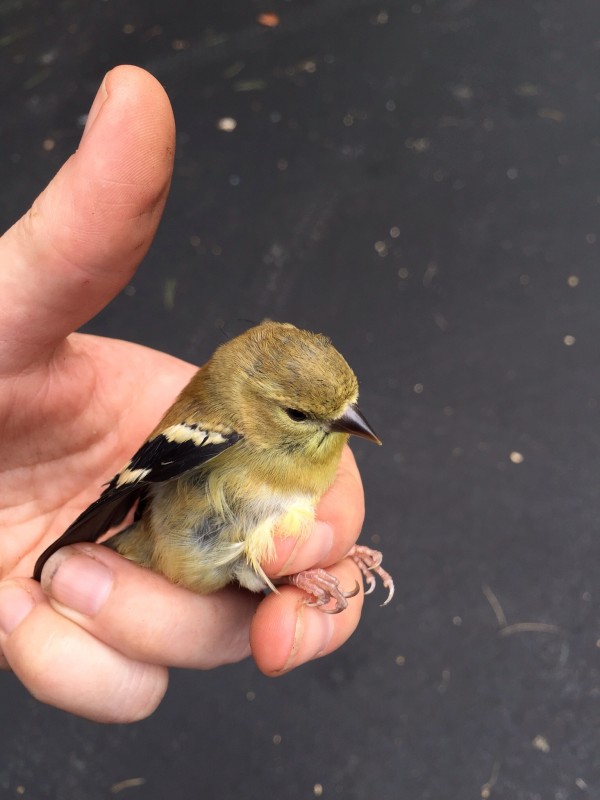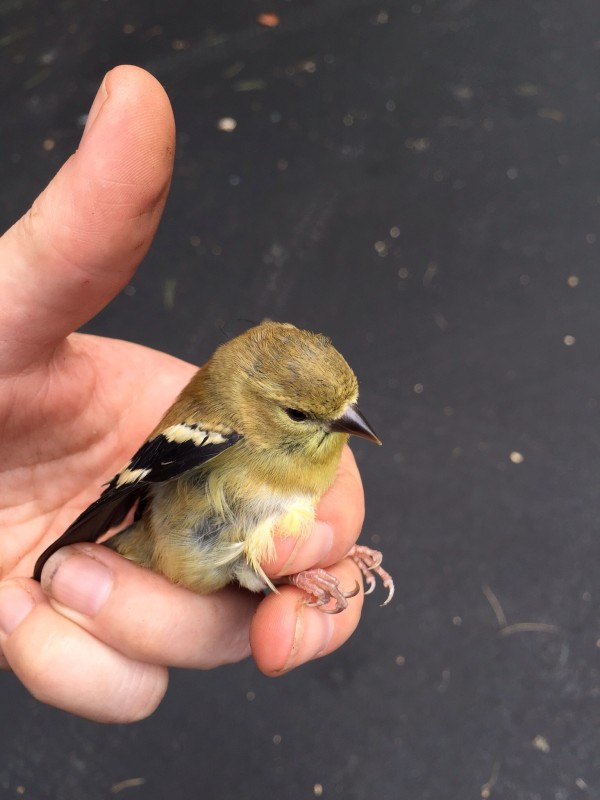
Tick Prevention for Yards.
Recently an article was published on our website called Please Stop with the Lyme Tick Nurseries. Certainly, homeowners consider their family members’ safety. Altogether, “tick prevention for your yard” is a big priority.
What’s a tick nursery?
The tick nursery analogy is the result of a correlation between invasive, exotic Japanese Barberry in a given region and a resulting increase in Borrelia burgdorferi infected ticks. As a matter of fact, researchers at the University of CT have researched and proved this reality. Not only have we continued to use an invasive plant as a fixture in the traditional American standard landscape style, but also this invasive plant is exacerbating a public health crisis in humans. All in all, we were bound to feel the direct pinch of habitat loss and species marginalization. Certainly, we’re animals. Although we may have less contact throughout the days with the outdoor world than other wildlife does, we still live here.
Tick Prevention in the Yard Begins in the Forests.
As can be seen in the photos here, in the Massachusetts forests of the Berkshire mountains there are huge tracks of solid Barberry. As a result of lazy landscaping design for the past 70 years, we have an environmental crisis. For this reason, tick prevention for yards begins everywhere plants are planted now.

Here’s a peer reviewed study about the correlation between Japanese Barberry in the landscape and an increase in tick populations. Jeff Ward, co-author of some of these University of CT studies, alerted us to correlations between other invasive species and tick born illnesses in humans. That’s a link for a Missouri based study that links Amur Honeysuckle (Lonicera maackii) and tick population volume. Additionally, there’s an increased infection rate of Ehrlichiosis (a common Lyme co-infection) in the people who live near the invasive Honeysuckle. Jeff also noted that similar correlations are hypothesized between other invasive species, including multi-flora rose. Presently funding has not been prioritized for these ecological land use studies.
Biodiversity is the Answer.
Those of us who love wildlife gardening come to see biodiversity as an admirable goal that seems self-explanatory and an end in itself. But a restoration of biodiversity seems to be our only real way out of this problem. Human activities have marginalized deer predation by developing strip malls through mountain lion and panther habitat. The important predators of ticks are also struggling. Both birds and predatory insects (like ladybugs and parasitic wasps) are languishing. Habitat revitalization through gardening with native plants can no longer be considered a cute hobby or fringe interest. Landowners have a responsibility to all the species and sentient beings connected to them- human or other iteration of wildlife.
 photo credit, mixed media artist Stephen Bodin, used with permission.
photo credit, mixed media artist Stephen Bodin, used with permission.
Basically, the lines are blurred between wildlife and civilization pretty frequently.





